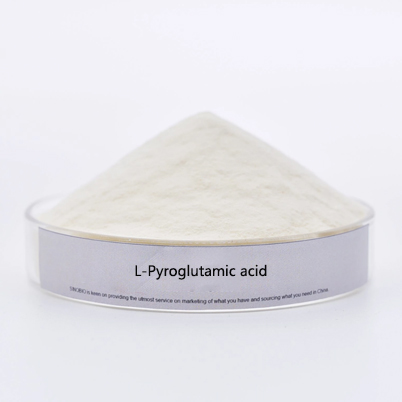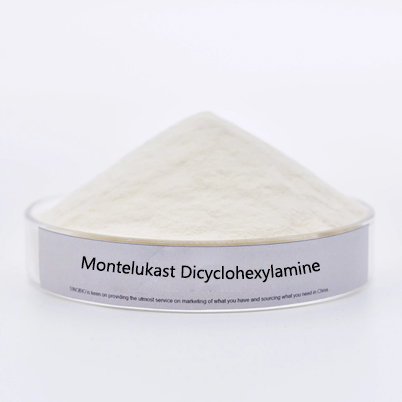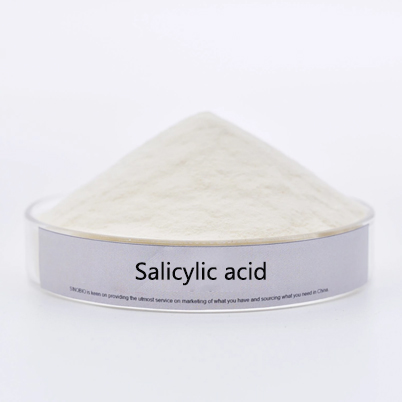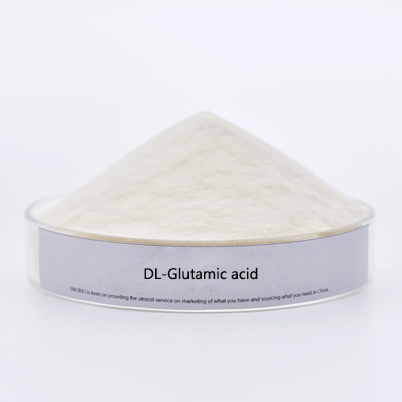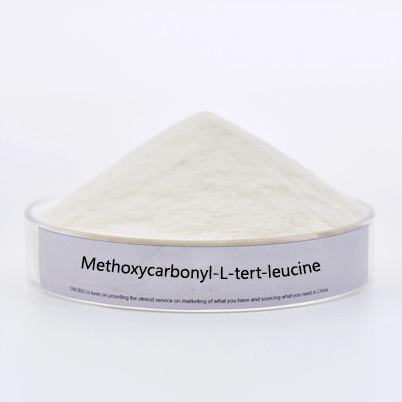- E-mail : info_medicalmarketing@jindunmedical.com
- Phone : +86 21 64057580
- Address : Shanghai China
Prasugrel, although good, is a difficult substitute for clopidogrel in elderly patients with coronary artery disease
5-[2-cyclopropyl-1-(2-fluorophenyl)-2-oxoethyl]-
5,6,7,7a-tetrahydrothieno[3,2-c]pyridin-2 (4h)-one is used as the intermediate
of Prasugrel .
Prasugrel is a thiophenopyridine antiplatelet developed by Eli Lilly and
daiichisankyo, a Japanese pharmaceutical manufacturer. It is a precursor drug.
It forms an active molecule after metabolism through cytochrome P450 in the
liver and combines with platelet P2Y12 receptor to exert an active against
platelet aggregation. Clinical studies have proved that 60 mg dose has better
anticoagulant effect than 300 mg standard dose and 600 mg increased dose of
clopidogrel, which can reduce the comprehensive risk of heart attack, stroke and
death due to heart disease by 20%, and has fast effect, good curative effect,
good drug resistance and bioavailability, and low toxicity.
For the cardiovascular disease treatment drug thiophene arsenicals, the
emergence of prasugrel was once seen as a replacement for clopidogrel, but new
dosing guidelines have emerged in the clinic, so can prasugrel really replace
clopidogrel mom? How do you think about clopidogrel and prasugrel?
Prasugrel is a new generation of thiophene arsenicals, a competitive
inhibitor of P2Y12 receptor, which can effectively control inflammation in vivo,
reduce the risk of arterial thrombosis, and significantly reduce the incidence
of ischemic events. Moreover, compared with clopidogrel, the conversion of
prasugrel into an active metabolite requires only one reaction, which means that
it has a stronger antiplatelet effect and a shorter onset of action.
However, in subsequent studies, it was found that more than 75 pairs of
patients had difficulty benefiting from prasugrel, both because of the increased
risk of bleeding associated with prasugrel administration and because many
patients with advanced coronary artery disease have a history of stroke, and
patients with a history of stroke are more likely to have a recurrent stroke
when taking prasugrel.
Therefore, in the dosing guidelines: 60 mg/d maintenance dose of Pragrel is
not recommended for patients over 75 years of age, but because of its high
efficiency, 5 mg/d Pragrel is recommended as a maintenance dose for patients
over 75 years of age in Europe and the United States.
Clopidogrel has been the most commonly used drug in the thiophene arsenical
class and its medication status is difficult to be shaken.
On the one hand, clopidogrel can be used as an alternative treatment for
aspirin resistance or intolerance; on the other hand, after acute coronary
syndrome or percutaneous coronary intervention, combined treatment with aspirin
for 12 months is the standard regimen for antiplatelet therapy.
Many people will wonder, so is it better to take aspirin and clopidogrel
double combination antiplatelet therapy for a longer period of time?
Here I can tell you very clearly: No. Although 12 months of dual
antiplatelet therapy with aspirin and clopidogrel has a significant effect on
reducing events such as myocardial infarction, cardiac death, and stroke, in a
recent study, it was noted that in an observational study of patients receiving
12 months or 30 months of dual antiplatelet therapy, there was a decrease in
ischemic events but an increase in minor bleeding events in patients over the
age of 75.
So, are there any criteria for patients with coronary artery disease in
advanced age? I will tell you this.
1. 6 months of combined aspirin and clopidogrel for patients over 75 years
of age with drug-eluting stents placed in patients with stable coronary artery
disease and 1 month of combined aspirin and clopidogrel for patients with bare
metal stents placed in patients with stable coronary artery disease.
2, acute coronary syndromes over 75 years of age after receiving
interventional therapy, aspirin and clopidogrel in combination with antiplatelet
therapy for at least 12 months, if the risk of bleeding is relatively high
recommended to apply clopidogrel instead of prasugrel or tigretol.
3. Clopidogrel is not recommended for load in patients over 75 years of age
who are receiving thrombolytic therapy.
4. The application of clopidogrel in Asian population needs to pay
attention to the effect of genetic polymorphism, and genetic polymorphism
testing may be considered in elderly patients with high thrombotic risk or
recurrent thrombotic events.
PRODUCT TAGS
-2-oxoethyl);5-(2-Cyclopropyl-1-(2-fluorophenyl);-5,6,7,7a-tetrahydrothieno[3,2-c]pyridin-2(4H);5-(2-Cyclopropyl-1-(2-fluorophenyl)-2-oxoethyl)-5,6,7,7a-tetrahydrothieno[3,2-c]pyridin-2(4H)-;3,5-[cyclopropylcarbonyl-2-flurobenzyl)-2-oxo-2,4,Chemicalbook5,6,7,7a-hexahydrothieno[3,2-c]-pyridine;PrasugrelThiolactone(MixtureofDiastereomers);5-[2-cyclopropyl-1-(2-fluorophenyl)-2-oxoethyl]-5,6,7,7a-tetrah;5-[2-cyclopropyl-1-(2-fluorophenyl)-2-oxoethyl]-4H,5H,6H,7H-thieno[3,2-c]pyridin-2-ylacetate
-
date
2022-10-09
-
location
Shanghai, China






































